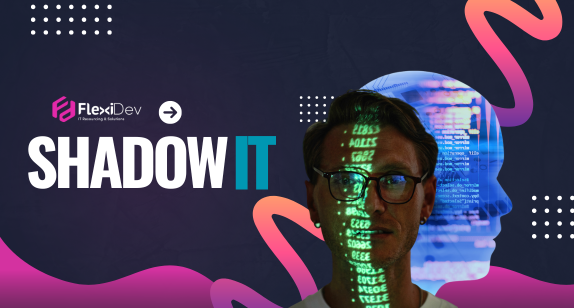
by Simon Purser – Operations Manager APAC
In today’s fast-paced business environment, the allure of quickly implemented solutions can lead teams to engage in Shadow IT—using software, applications, or systems without explicit approval from the IT department.
While this may seem efficient, it poses significant risks to our organisations.
What is Shadow IT?
Shadow IT refers to the use of technology systems, devices, software, applications, and services without explicit IT department approval. While often well-intentioned, these unauthorised tools can bypass governance protocols and create substantial security vulnerabilities.
Risks of Shadow IT:
- Security Threats: Without proper oversight, unauthorised tools can introduce vulnerabilities, making sensitive data susceptible to breaches. Data privacy regulations, like GDPR and CCPA, require stringent compliance, and Shadow IT can easily lead to unintentional violations.
- Data Silos: Unapproved software can fragment data across various platforms, leading to inconsistencies and making it difficult to get a unified view of business operations. This fragmentation can impede data-driven decision-making.
- Inefficiency: While Shadow IT solutions may appear to solve immediate needs, they often lack integration with existing systems, leading to redundancy and inefficiency. Streamlined operations require cohesive, integrated software solutions that align with organisational goals.
- Compliance Issues: Regulatory compliance is crucial in today’s business landscape. Shadow IT can result in non-compliance with industry regulations, leading to legal repercussions and financial penalties.

To mitigate these risks, it’s imperative that we get buy-in from executive-level and C-suite management for streamlined operations and enhanced productivity initiatives through approved software solutions. Here’s why:
1. Strategic Alignment: Executive support ensures that IT initiatives align with broader business strategies, fostering a cohesive approach to technology deployment.
2. Resource Allocation: With executive buy-in, we can secure the necessary resources—both financial and human—to implement and maintain robust IT solutions that enhance productivity and efficiency.
3. Governance and Compliance: Executive-level endorsement of IT governance frameworks ensures compliance with regulatory standards and safeguards against data breaches and other security threats.
4. Enhanced Productivity: By adopting integrated, approved software solutions, we can streamline operations, reduce redundancies, and boost overall productivity across the organisation.
In conclusion, while Shadow IT may offer quick fixes, the long-term risks far outweigh the short-term benefits. Let’s work together to advocate for Executive approved, secure, and integrated IT solutions that not only protect your data but also drive your business forward.



